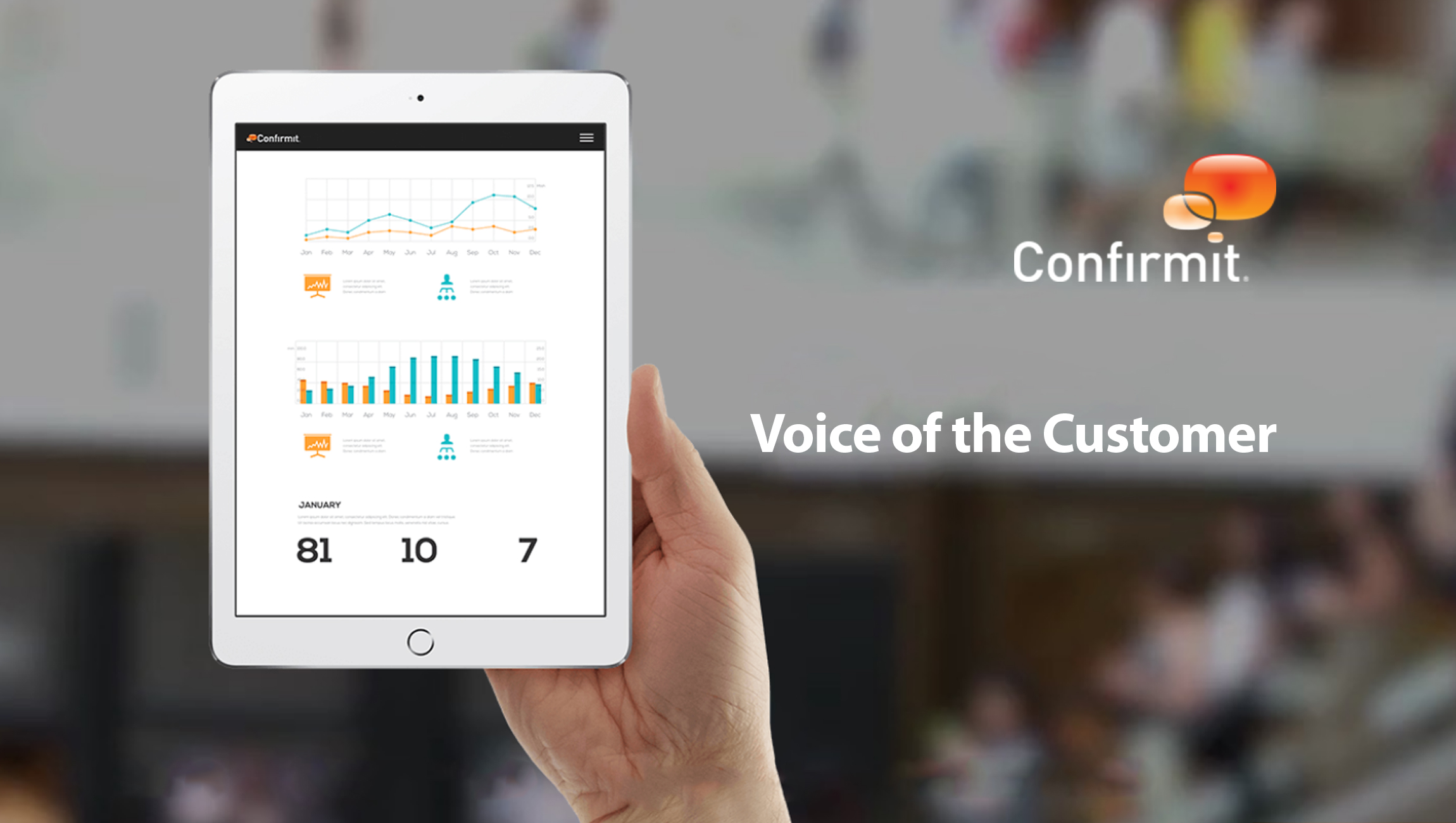Shopping Data & Insights for Planning Effective Programmatic Campaigns
Digilant, a global provider of programmatic ad buying solutions and services, released a report that captures relevant data for advertisers and media buyers about Holiday shoppers’ consumer behavior and motivations to help brands make their marketing investments more profitable.
Long gone are the days when Thanksgiving was just a day to give thanks and celebrate with family and friends; today, especially to retailers as well as consumers, Thanksgiving Weekend signifies the peak of the Holiday shopping period. Consumers plan to spend an average of $743 during the Black Friday (Nov. 24) to Cyber Monday (Nov. 27) shopping weekend, up 47% from last year’s average of $505. Advertisers need to get in front of consumers even earlier than past years to make sure that they are top of mind for those big ticket items, as Black Friday and Cyber Monday are no longer single-focus days. The numbers speak to this and so should your digital media buying plan. The average spending was $289 in 2016, 74% of which was designated towards buying holiday gifts.
From a brand’s point of view, maximizing on this window of increased consumption requires a higher investment. E-commerce’s share of total retail sales will reach a record 11.5% during this 2017 Holiday Shopping season according to eMarketer.
Highlights From Digilant’s Holiday & Consumer Shopping Report:
- The highest-spend age demographic is 25 to 34 years-olds, with 62% of them making in-store purchases and 58% making online purchases.
- Millennials spend 13% more during Thanksgiving Weekend than the average adult shopper.
- 18 to 29 year-olds prefer to buy in brick and mortar stores (47%), while adults 30 to 59 years-old prefer to buy online (40%).
- It’s essential to factor in mobile creative and spend into a media plan, as most consumers window shop on their devices, and then either make a purchase, or move to their laptops or in-store to checkout.
- U.S. m-Commerce sales will increase 38% in 2017, and sales via smartphones will increase 57.8%.
- m-Commerce will represent 34.5% of total retail e-Commerce sales.
When do They Buy?
The typical Thanksgiving Weekend consumer is very aware of deals and promotions, doing some of their browsing beforehand to take advantage of discounts or special markdowns designated for a particular day within the weekend.
For example, according to Statista, in 2016 consumers preferred to go shopping on Thanksgiving evening rather than setting their alarm clocks for early the next morning to take advantage of Black Friday sales. 25.4% of these shoppers were in a store by 8:00 pm and 37.3% by midnight on Thanksgiving (compared to 28% in 2015). In contrast, 35.8% of buyers didn’t arrive until 10:00 am on Black Friday last year.
The traffic for the four days that make up Thanksgiving weekend is as follows: 36% of consumers on Thanksgiving, 74% on Black Friday. 49% shop on Saturday and 34% on Sunday.
In terms of in-store retail, the breakdown is similar (35% on Thanksgiving and 75% on Black Friday), but activity slows down on Saturday (40%) and Sunday (17%).
Despite all of the shopping intentions, there’s a very negative sentiment towards going to brick & mortar stores on Thanksgiving Day according to Deloitte, with 7 out of 10 consumers feeling that stores should be closed on the holiday to allow employees to spend more time with family and friends.
How to Use Digilant Data to Improve Media Plans?
It’s important for brands to align their creative and ad buying strategies with their consumer, especially those users who are in the middle of the sales funnel.
With recent data insights in their hands, brands can segment more intelligently to identify the right target audiences for this Holiday Season. This requires testing segments as early as October and refining them throughout the Holiday campaign.
Digilant Data Tips:
- Customize your messaging for each customer type and motivation.
- Build lookalikes for each known consumer segment to identify consumers similar to those that are likely to convert.
- Make sure you know where your data sets are coming from — observed and transactional data work the best.
- Test multiple data segments and creative messaging early on in your campaign planning process to find the most effective sets.
- Invest in video! Studies show that a user is 25% more likely to lose interest in retail content if it isn’t in video format.
Lastly, make sure to activate a mobile programmatic media strategy for your last-minute, lower-funnel ads on peak shopping days.
With more Americans spending time browsing for retail items on their phones, it is also important to factor in mobile creative and spend into a media plan; as most people will shop around on their devices, and either make a purchase, or move to their laptops and desktops to checkout.











